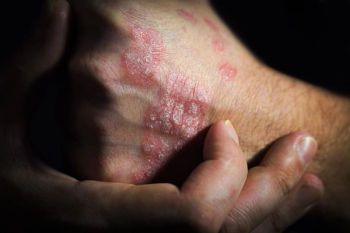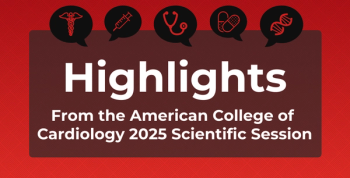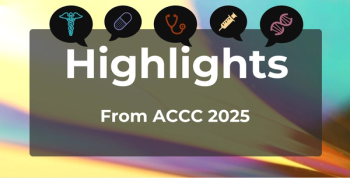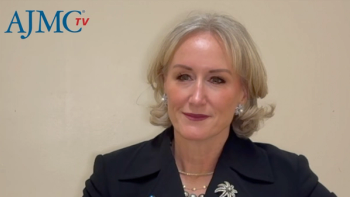
Investigators Ask if COVID-19 Infection Is to Blame for Cardiac Dysfunction
Findings presented today during EuroEcho 2021 demonstrate a potential link between persistent dyspnea following recovery from COVID-19 infection and subclinical cardiac dysfunction.
Findings presented today during EuroEcho 2021, the annual echocardiography congress put on by the European Society of Cardiology, demonstrate a potential link between persistent dyspnea during physical activity in the year after recovery from COVID-19 infection and new-onset subclinical
Dyspnea, or shortness of breath, is recognized as a complication of
Results were presented during the session “More Insights From Imaging Into Outcome After COVID-19 Infection,” by Maria-Luiza Luchian, MD, University Hospital Brussels (UHB), Belgium.
The 66 patients included in the final analysis (mean age, 50 years; 67% men; 35% with dyspnea), none with a history of heart or lung disease, had COVID-19–related hospitalization between March and April 2020 at UHB. For this study, they underwent spirometry, a chest CT scan, and clinical evaluation at 6 months and spirometry, a chest CT scan, TTE, and clinical evaluation at 12 months to evaluate their lung function and possible sequelae of COVID-19. Imaging measures of heart function were compared against shortness of breath.
“The findings could help to explain why some patients with long COVID still experience breathlessness 1 year later and indicate that it might be linked to a decrease in heart performance,” said Luchian,
The newer measures of
- GCW: odds ratio (OR), 0.998 (95% CI, 0.996-1.000; P = .038)
- GWI: OR, 0.998 (95% CI, 0.996-1.000; P = .042)
In addition, the odds of having a normal respiratory pattern at 9 months were greatly reduced (OR, 0.195; 95% CI, 0.049-0.773; P = .020).
Residual mat glass opacities were also seen in 27.2% of the patients at 6 months and pulmonary fibrosis in 10.6% at 1 year following hospitalization, but neither correlated with persistent dyspnea.
“When looking in detail at heart function by cardiac ultrasound, we observed subtle abnormalities that might explain the continued breathlessness,” Luchian concluded. “Myocardial work could be a new echocardiographic tool for early identification of heart function abnormalities in patients with long COVID-19, who might need more frequent and long-term cardiac surveillance.”
She recommends that future studies of COVID-19 cover different variants of the disease, as well as long-term evolution of its cardiac consequences.
Reference
Luchian M-L. Persistent dyspnea 1 year after COVID -19 infection in apparently healthy subjects: a potential indicator of subclinical cardiac dysfunction. Presented at: EuroEcho 2021; December 9-11, 2021; virtual.
Newsletter
Stay ahead of policy, cost, and value—subscribe to AJMC for expert insights at the intersection of clinical care and health economics.












































